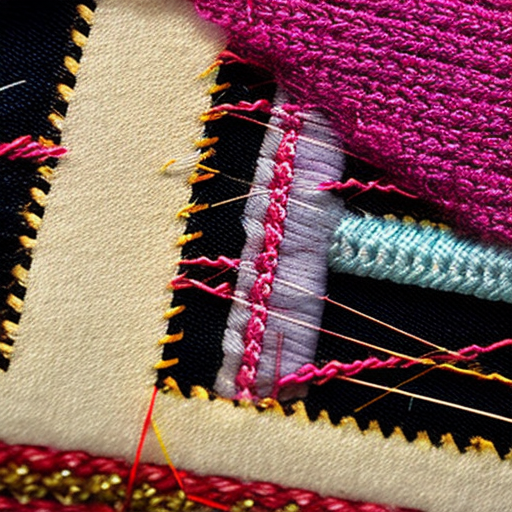When it comes to sewing, one of the most frustrating issues is loose stitches. Whether you are a beginner or an experienced seamstress, encountering loose stitches can be disheartening. However, understanding the causes behind this problem and learning how to fix it can save you from a lot of future headaches.
Causes of Loose Stitches
Several factors can contribute to the problem of loose stitches. Here are some of the most common causes:
- Improper tension: Sewing machines have tension controls that regulate the tightness of stitches. If the tension is too loose, the stitches will not hold properly.
- Wrong needle size or type: Using the wrong needle size or type for your fabric can lead to loose stitches. Thin fabrics require smaller needles, while heavier fabrics need larger needles.
- Incorrect threading: Misaligned or incorrectly threaded bobbin or top thread can also result in loose stitching.
- Bobbin issues: A poorly wound bobbin or one that is placed incorrectly in the machine can cause loose stitches.
- Machine problems: Sewing machines require regular maintenance. If your machine is not in proper working condition, it can cause loose stitches.
How to Fix Loose Stitches
Now that we understand some of the causes, let’s look at how you can fix loose stitches:
- Check the tension: Make sure the tension dial is set correctly. Adjust it gradually until the stitches are no longer loose or too tight.
- Use the right needle: Ensure you’re using the appropriate needle size and type for your fabric. Using a ballpoint needle for knits or a sharp needle for woven fabrics can make a difference.
- Re-thread your machine: Double-check the threading of both the top thread and the bobbin, ensuring they are correctly placed and properly tensioned.
- Check and wind a new bobbin: Inspect the bobbin for any damage or incorrect winding. Replace it with a new one if necessary.
- Clean and maintain your machine: Regularly clean out lint or debris and oil the machine as recommended by the manufacturer.
Remember, practice makes perfect. It usually takes a bit of trial and error to obtain the perfect tension and stitch quality. So, don’t get discouraged if it doesn’t work perfectly the first time. Keep practicing, and soon you’ll be creating beautiful, even stitches.
Happy sewing!




